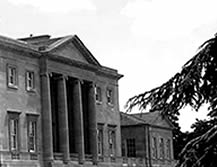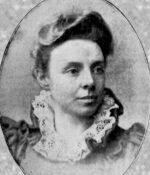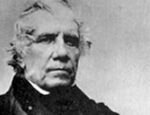Description
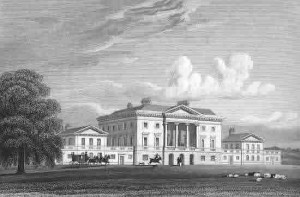 Look at Basildon House, outstanding Neo-Palladian architectural fantasy in Berkshire, which obliterates any reference to the source of the money that built it: India. Built between 1776 and 1783, the house was the creation of architect John Carr for Francis Sykes, son of a modestly prosperous Yorkshire Yeoman (i.e. non-aristocratic) farmer.
Look at Basildon House, outstanding Neo-Palladian architectural fantasy in Berkshire, which obliterates any reference to the source of the money that built it: India. Built between 1776 and 1783, the house was the creation of architect John Carr for Francis Sykes, son of a modestly prosperous Yorkshire Yeoman (i.e. non-aristocratic) farmer.
Sykes arrived in Calcutta at the age of 18 to work for the East India Company. He rose to become immensely powerful, second only to Robert Clive in terms of power in Bengal. When he returned to England in 1769, he had amassed a private fortune of half a million pounds, a gargantuan fortune. He was the archetypal ‘nabob’.
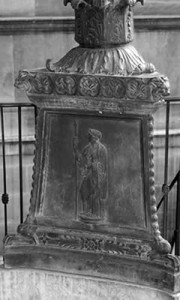
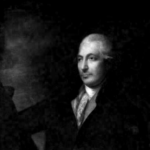 He joined the aristocracy when he was made a baronet in 1781, although allegations of political and financial corruption dogged his attempts at a parliamentary career. His ascent of the class ladder found its ultimate expression in his self-fabrication at Basildon as a cultured and classically educated member of the land-owing gentry.
He joined the aristocracy when he was made a baronet in 1781, although allegations of political and financial corruption dogged his attempts at a parliamentary career. His ascent of the class ladder found its ultimate expression in his self-fabrication at Basildon as a cultured and classically educated member of the land-owing gentry.
Every detail of Basildon, from the plant pots and statues in the extensive gardens to Doric facades and internal plasterwork, reinforces the classicising illusion.

